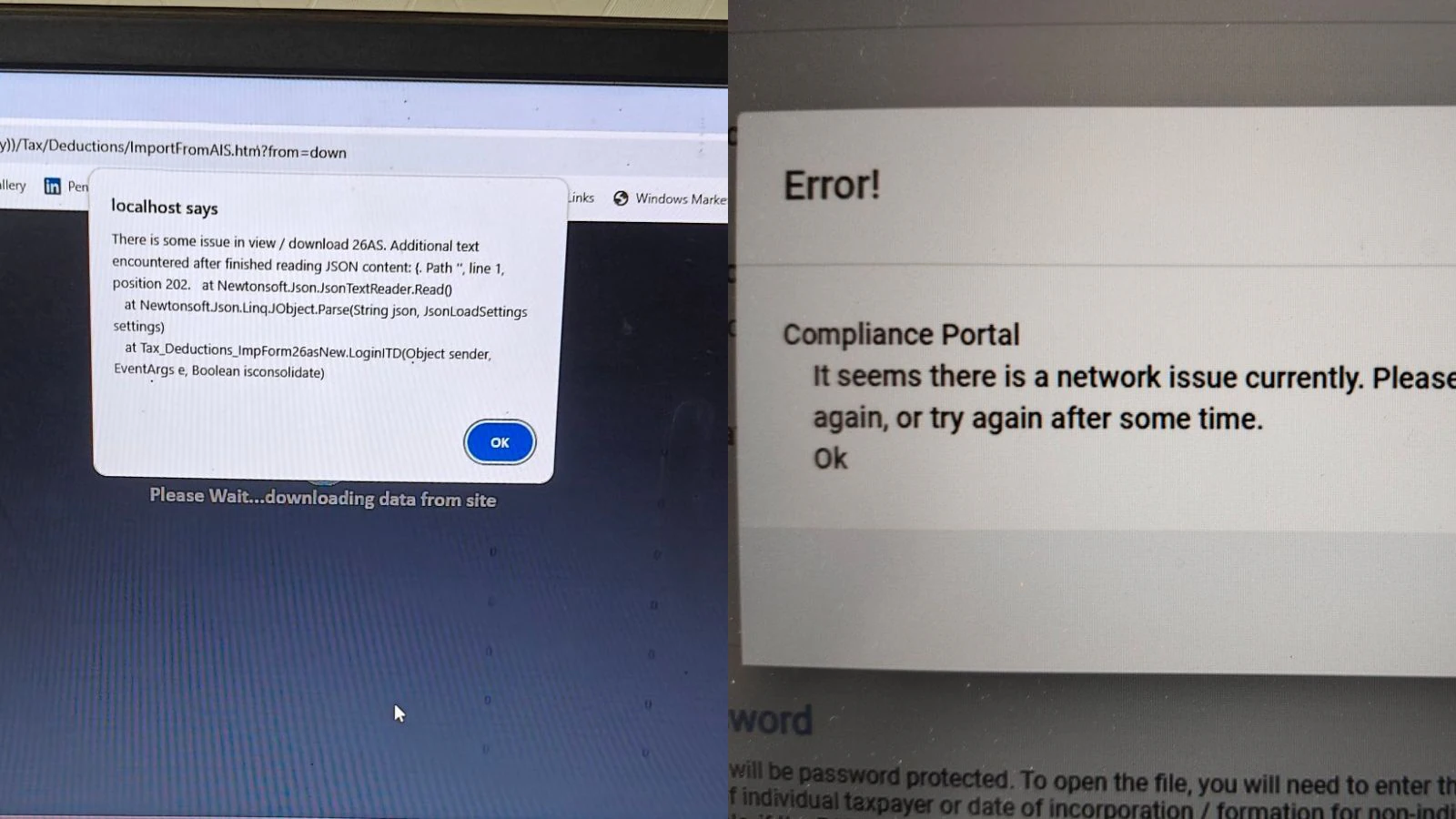By Staff Reporter
Copyright web

Staff Reporter
JONAS Penovanhu Shinana, who in 2009 murdered his two children (a boy and a girl) by slitting their throats with a knife in a shack in Windhoek and who in 2018 was given two concurrent life sentences, is from the Okatope area in the Oshikoto Region, the same area where 32-year-old Tomas Sheya handed himself over to the police on Monday after he allegedly murdered his two children (a boy and a girl) the preceding night.
Sheya appeared in the Ondangwa Magistrate’s Court this morning, was remanded in custody, and the case was postponed to the 23rd of March next year.
Sheya is accused of murdering his two-year-old son, Andreas Sheya, and his daughter, Ruusa Sheya, aged 4. The horror incident occurred in the Onakazizi area of Oshikoto on Sunday evening.
While Shinana’s crime was motivated by “mercy” (killing the children to end their suffering), it is claimed that Sheya’s alleged crime was apparently motivated by doubts about the minors’ paternity.
Researchers’ Findings
South African researchers Melanie Moen and Christiaan Bezuidenhout, who investigated the offence characteristics and motivations for filicide (killing of a child by one’s own parent) and who published their research findings in the Journal for Investigative Psychology and Offender Profiling (Volume 20, Issue 1), found that the reasons for murdering children by their own parents could include:
illegitimate or unwanted children;unintentionally during child abuse;for altruistic reasons or mercy;due to mental illness;while intoxicated;for revenge;to prevent child testimony against a parent;for financial gain;for religious or cultural beliefs;for sexual gratification;for sympathy or attention.
The researchers concluded that the sense of loss of social identity and the anger experienced by the murdering partner becomes an overwhelming, blinding rage that is all-encompassing.
They said: “The murdering partner with a propensity to control and blame (external locus of control) becomes enraged by the pain they experience. The blinding anger, which in some instances is described as a narcissistic rage, is caused by extreme emotional distress. The accumulation of the overwhelming negative emotional experiences leads to a desire to cause pain at all cost, sometimes sadistically, to ensure reciprocal justice balance.
Ultimately, the murdering partner wants to restore their equilibrium — in other words, their sense of control and sense of self. The principle of lex talionis comes to the fore with devastating consequences for the receiving partner and children due to the reactive-impulsive expressive violent behaviour. Therefore, the ‘narcissistic’ injury has been counterbalanced by an act of revenge filicide.”



